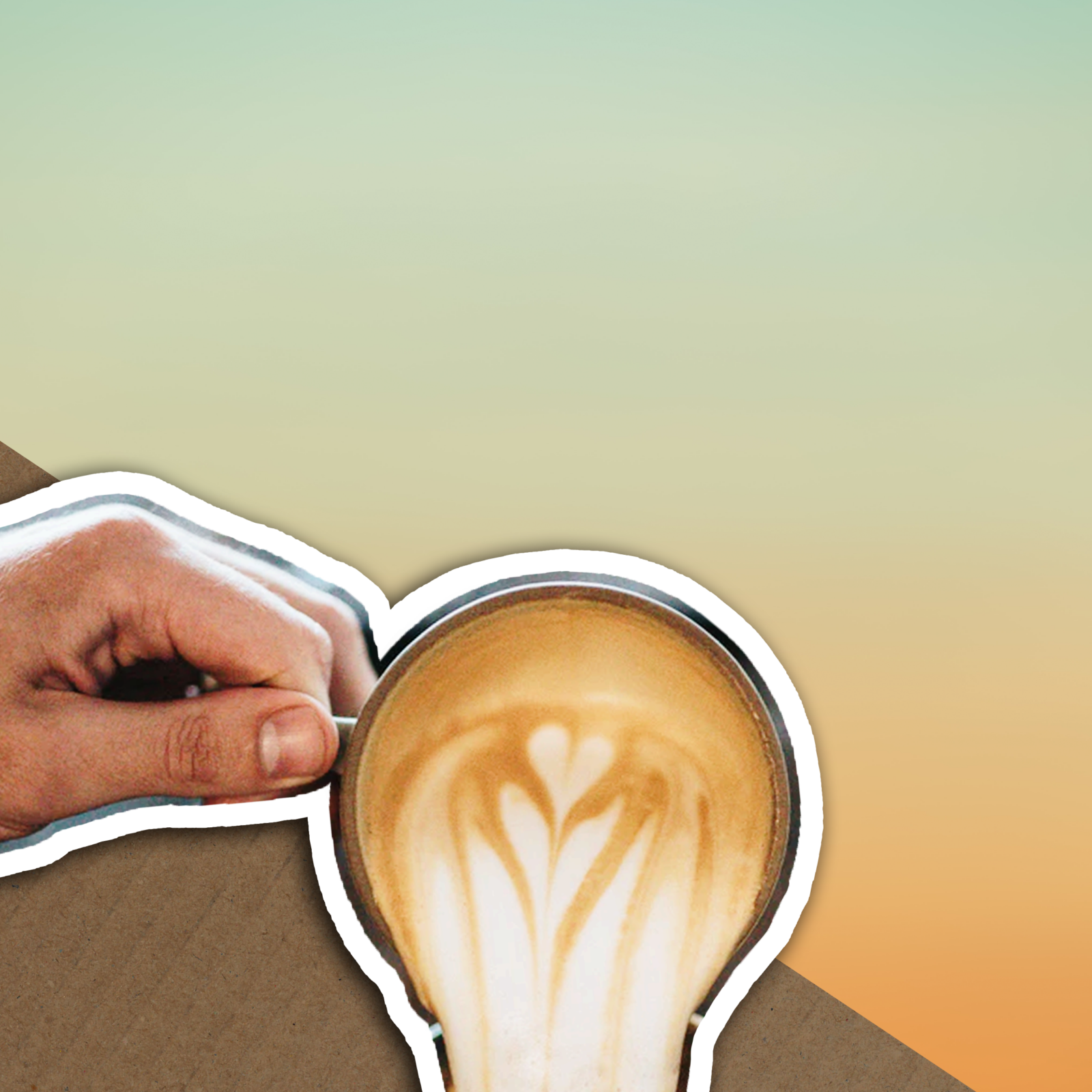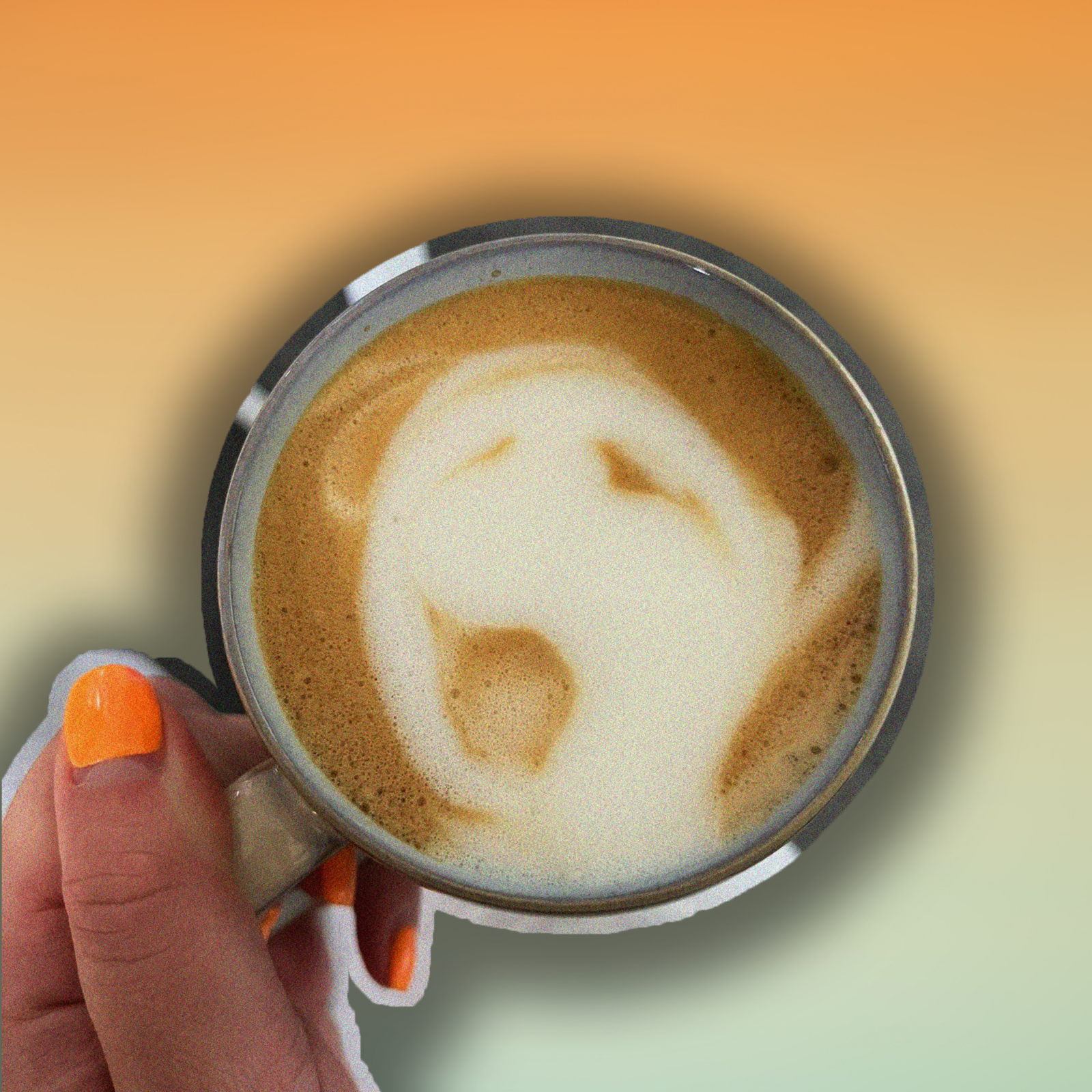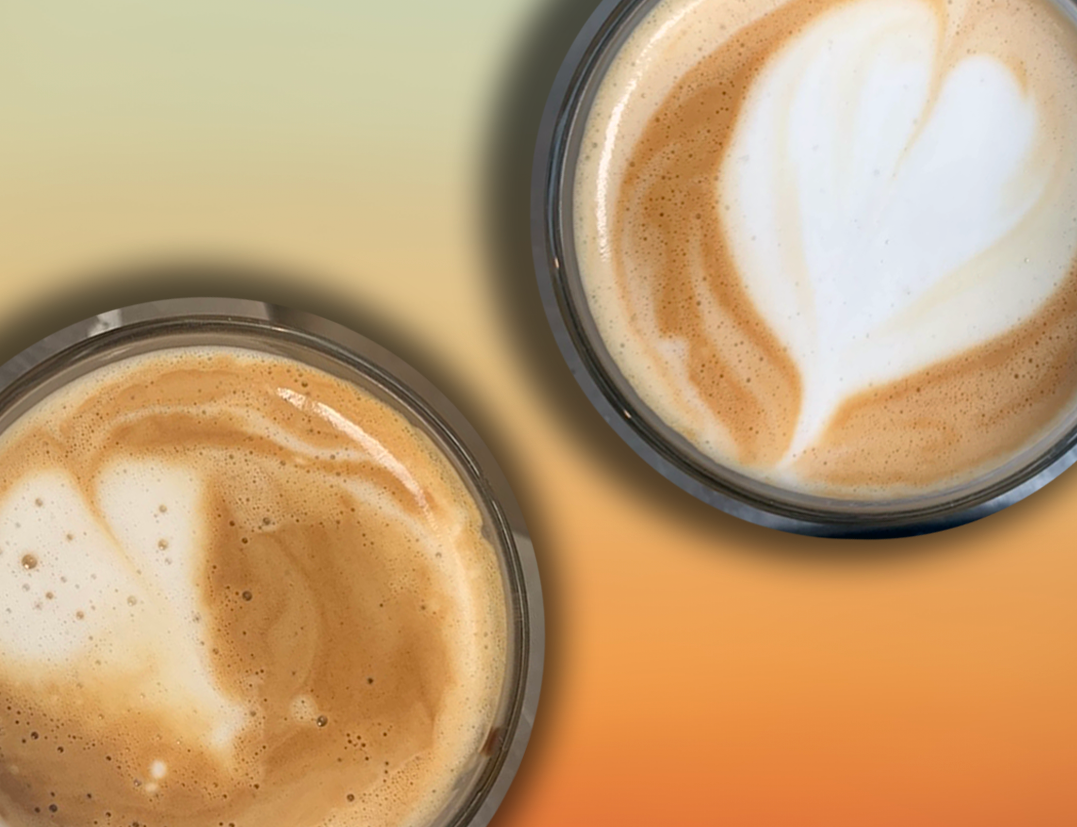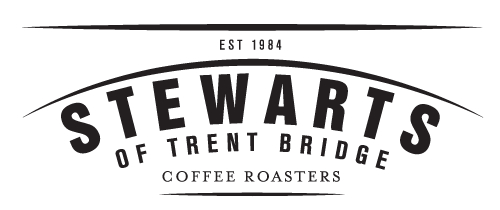Pour Your Heart Out
In defence of bad latte art
You know that sense of pride and accomplishment you get when you seamlessly extract your espresso, steam your milk to perfection, tilt your cup; then without any thought, pour a beautiful, delicate, perfectly symmetrical rosetta.
No?
Me neither.
You know why? Because I can’t do latte art for love nor money. I know that sounds like blasphemy coming from someone working in an industry where coffee is our lifeblood. And frankly yes, I am embarrassed by it. So here I am pleading my case in defence of bad latte art. Championing those of us ashamed to dub ourselves ‘coffee lovers’, when every drink we produce looks like something only a mother could love.

Beautiful artwork on the top of your cup can be a nice touch. It showcases a barista’s skill set, demonstrating that whoever is serving your brew actually cares about what they’re giving you. By definition, the idea of a ‘nice touch’ suggests a favourable detail. Nice touches are additions that simply enhance an experience that would otherwise already be considered perfectly pleasant.
The Perfect Pour…
When you drink a cup of coffee, you experience a combination of taste, aroma, and mouthfeel. These make up the drink’s flavour. One of the key elements to an espresso based drink is the milk. Milk texture can make or break a drink. No one wants to ruin a perfectly balanced espresso with overly textured, dry, burnt milk. Naturally, a nice design can only come from a well textured milk. This contributes to the common misconception that only a pretty drink can be a tasty drink. This is deeply untrue. There is absolutely nothing to say that perfectly steamed milk can’t also form a blob that looks a bit like Shrek’s distant cousin. As long as the temperature of your milk is around 70 degrees, it’s well stretched and the mouthfeel is right, then Shrek blob away.

A Strong Foundation
Without strong foundations, a house will be of poor quality; no matter how much care is taken with the rest of the structure. The same is true of your coffee. Without a good espresso as a starting point, the whole thing falls down. There are five crucial components to a good espresso: water pressure, extraction time, temperature, grind consistency, and tamping. The aim of the game in espresso brewing is to get as close to perfect as you can in all these elements.
The Espresso Brewer’s Cheat Sheet
The first step is to make sure your machine is calibrated to the right pressure setting. Consult your manual (or trusty old google) to make sure you’re on the best setting for your machine!
Next, adjust the extraction time. We recommend around a 25 second extraction time for our beans. This means that from pressing the button on your machine, to a completed espresso should take no longer than 25 seconds.
Your water temperature should be around 94 degrees. A few degrees off either side is nothing much to worry about; just make sure your beans aren’t being scorched beyond reason!
Your grind dictates how fast water will flow through your espresso. Unfortunately, finding the right grind size is rather subjective. The grind depends largely on tamping style and your machine’s capacity. A good thing to remember is that a finer grind will speed up the espresso extraction time, and a coarser grind will slow it down… happy grinder dialling ladies and gentlemen!
Finally, when it comes to tamping you want to make sure your espresso is packed nice and smoothly. Make sure it is all level with no severe slope. When tamping press down with a nice firm push. Don’t worry if you’ve not got the upper body strength of an olympic gymnast, as long as it’s neatly and tightly packed you’re good to go!

The perfect espresso just couldn’t be all that without fresh, good quality, well roasted coffee beans. Luckily for you we can provide those! Check out our Road Trip Espresso, a mild espresso with flavours of caramelised sugar. It’s delicious.
In Conclusion
All in all, we’ve established that there are a whole world of factors that combine to create the perfect espresso based drink. While latte art has been hugely popularised and made to seem the ‘norm’, it’s perfectly alright to still be producing disfigured hearts and maimed swans a-top your morning cuppa. Investing in good beans, extracting a proper espresso and nailing the barista basics of milk steaming are what really matter. As the old saying goes, it’s what’s on the inside that counts…
Just because you can’t make shapes to rival picasso in your drink, doesn’t mean you’re actually producing a cup of any lesser quality.

